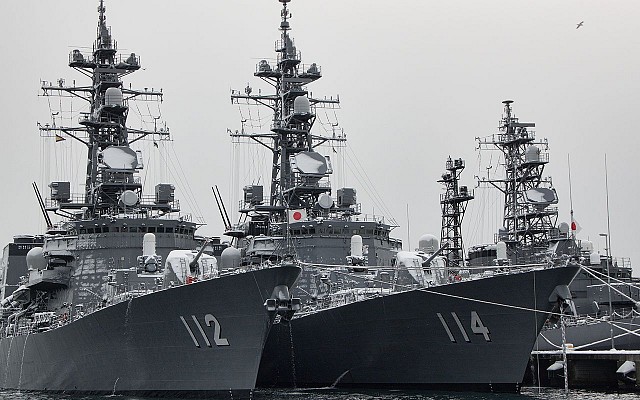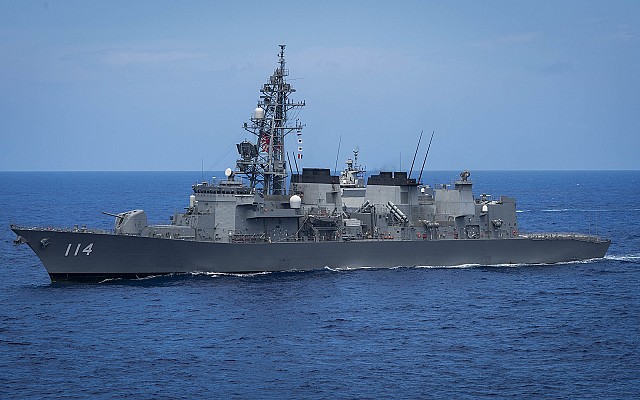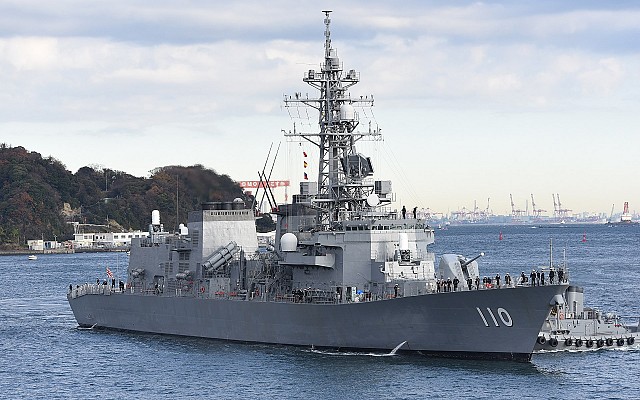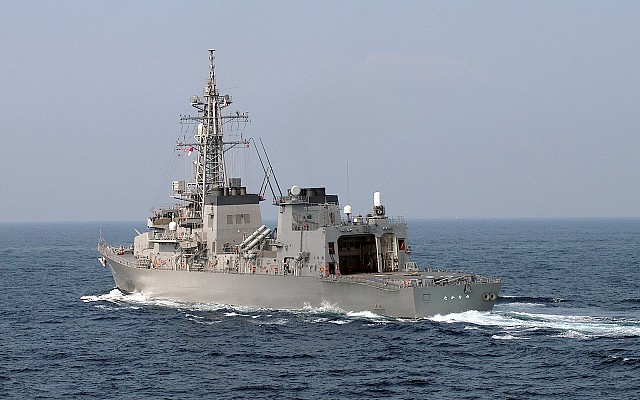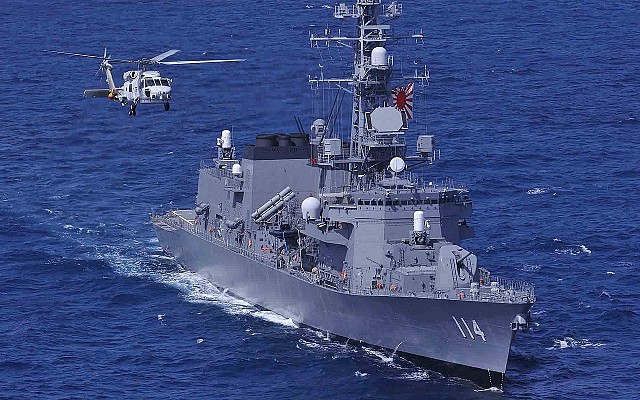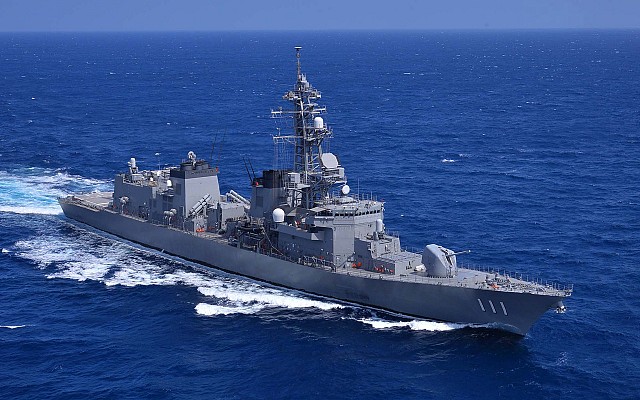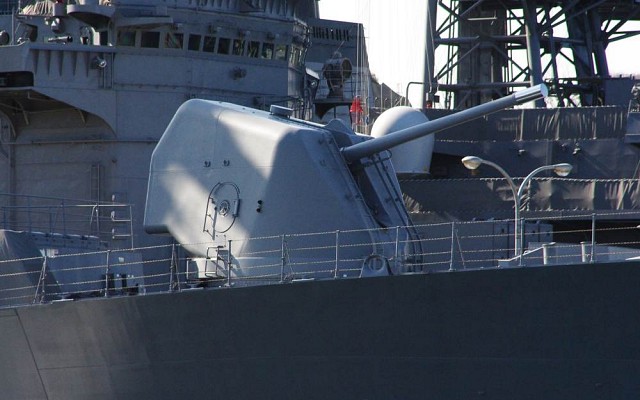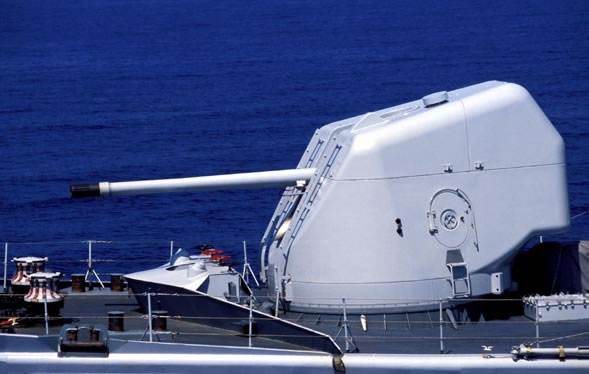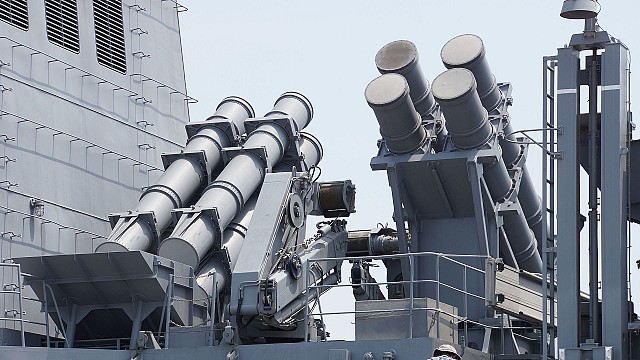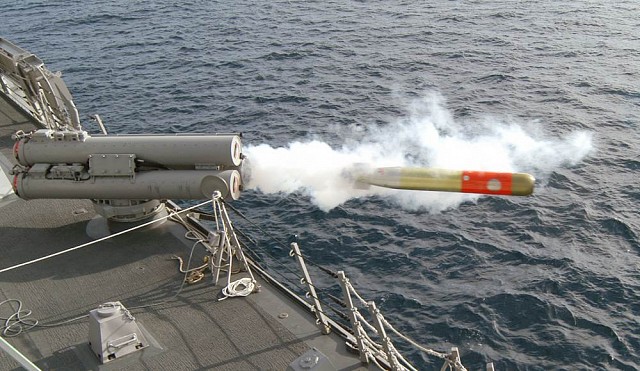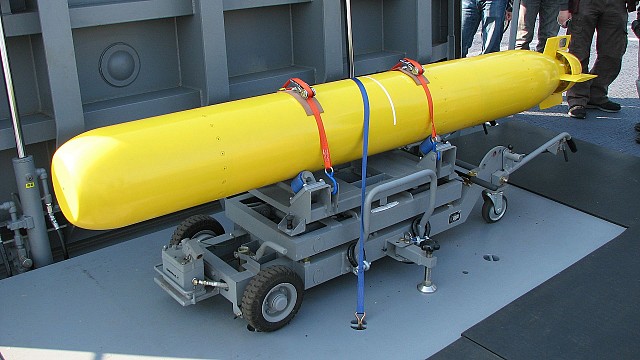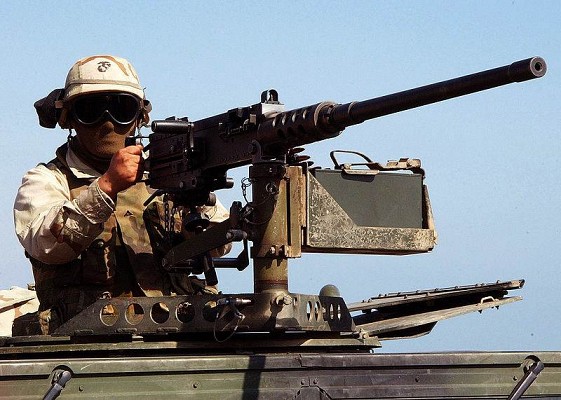Takanami class
Overview
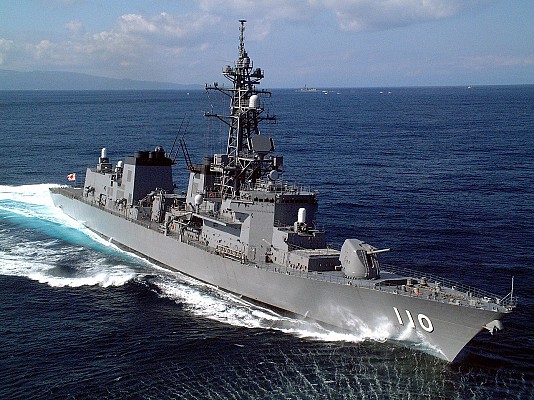
Takanami class
Lead ship of the Takanami class seen during maneuvers at sea in 2021.
Source: www.mod.go.jp -
© CC BY 4.0
Japan - Mitsubishi Heavy Industries, Nagasaki
Description
Introduction
The Takanami class is a modern era destroyer of Japanese origin. It is an improved variant of the Murasame class. The last five of the Murasame class were produced as Takanami class instead. Both these classes form a less expensive yet capable counterpart to the Aegis equipped destroyers of the Japanese navy. These are general purpose destroyers with an emphasis on anti-submarine warfare.
Design
The Takanami class is a variant of the earlier Murasame class with about a 100 t weight increase. This class fixes what the JMSDF found were deficiencies in the Murasame design that were quite easily fixed. The two different types of VLS on the bow and amidships have now been unified in a single 32-cell Mk 41 VLS on the bow. This required the VLS to be raised by a single deck to fit. Furthermore the 76mm dual purpose main gun has been replaced by a 127mm one. Sensors and systems mostly remain similar. Notable is the inclusion of the indigenous Type 04 towed torpedo decoy instead of the American SLQ-25 Nixie.
Air defense
Air targets are detected using the OPS-24B 3D AESA radar. Surface targets and low level aerial targets are detected by the OPS-28D. Upon introduction the RIM-7M Sea Sparrow was used. 16 or more cells of the VLS were assigned to the RIM-7. After 2014 the RIM-162 ESSM was introduced. Since these are quad packed there are now 64 ESSM ready to launch. Furthermore, the ESSM has an improved range and maneuverability. Two 20mm Mk 15 Phalanx close-in weapon systems provide a degree of protection against anti-ship missiles.
Surface warfare
Enemy surface vessels can be engaged with the Type 90 (SSM-1B) subsonic sea skimming anti-ship missiles. These offer a similar performance as late model Harpoon missiles. The 127mm Compatto dual purpose gun has a 23 km range against surface targets and 8.6 km range versus aircraft. Rate of fire is up to 45 rpm. For self-defense two 12.7mm M2HB heavy machine guns are fitted.
Anti-submarine warfare
A key aspect of the Takanami class is anti-submarine warfare. Submarines can be detected by the bow mounted sonar, the towed array sonar and the ASW helicopter. Stand-off engagement is carried out using the VL-ASROC to deliver a Mk 46 torpedo out to 22 km. Two triple tube torpedo tubes are fitted as well.
Mobility
The Takanami class uses a COGAG propulsion system. A rather unique feature is that two brands of gas turbines are used in conjunction. These are two Rolls-Royce Spey SM1C and two General Electric LM2500 gas turbines. When all engines are combined these produce a total of 60.000 shp. This allows the Takanami class to reach 30 knots.
Users
The Takanami class was produced for the Japan Maritime Self-Defense Force. A total of five ships were commissioned. All remain in active service today.
Media
Details
Subcomponents
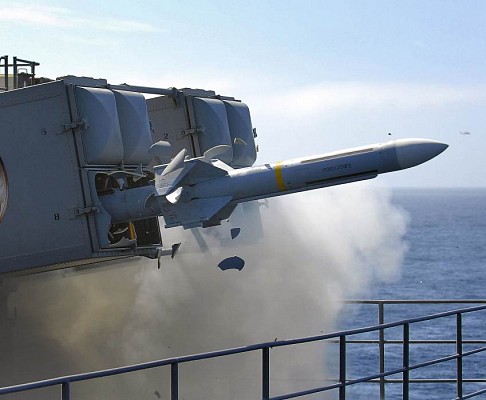
RIM-7 Sea Sparrow
Single RIM-7M Sea Sparrow in 32-cell Mk 41 VLS. Reportedly 16 cells allocated to Sea Sparrow.
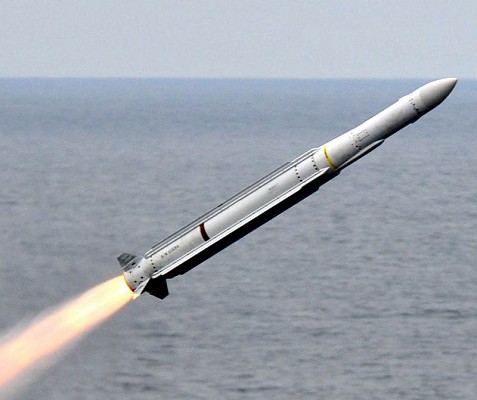
RIM-162 ESSM
Evolved Sea Sparrow Missile is quad packed in the 32-cell Mk 41 VLS. With 16 cells allocated to air defense this provides 64 missiles ready to launch.
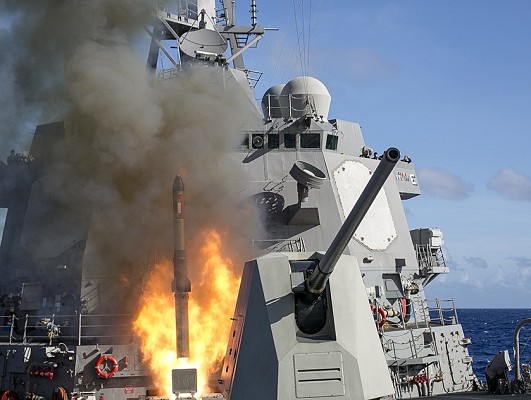
RUM-139 VL-ASROC
Launched from the 32-cell Mk 41 VLS. Reportedly 16 cells allocated to VL-ASROC.
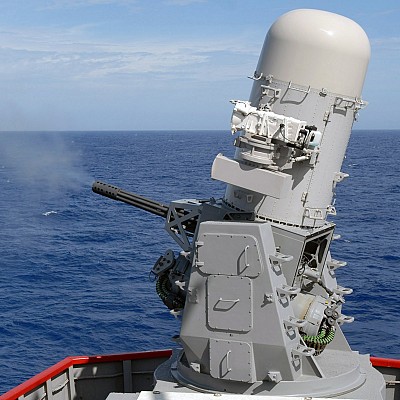
20mm Mk 15 Phalanx
2x 20mm Mk 15 Phalanx close-in weapon systems.
Related articles
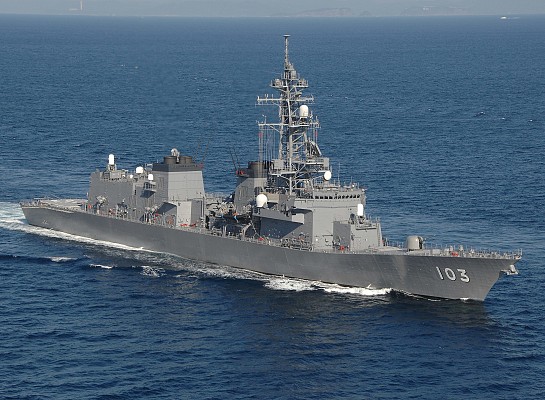
Murasame class
The Takanami class is a further development of the Murasame class. At a glance these types of vessel look very similar.
